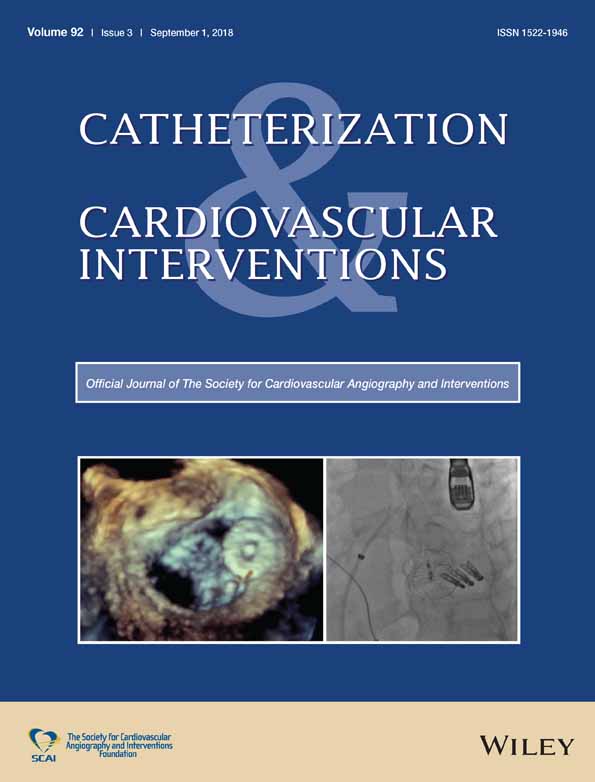Edwards Sapien XT® pulmonic valve compression after resuscitation and successful redilatation
Abstract
Despite the increasing use of percutaenous valves, little is known about valve performance after external chest compression. We report a case of a compressed pulmonary Edwards Sapien® XT valve after resuscitation. With the patient on ECMO, successful redilatation was performed with unimpaired postprocedural valve function. We aim to increase the awareness for valve distortion after external chest compression with increasing numbers of transcatheter valvulations. We suggest that immediate re-evaluation of the implanted device via biplane fluoroscopy is mandatory after resuscitation in such cases.
CONFLICT OF INTEREST
NAH is proctor for Edwards PPVI training. All other authors declare no conflict of interest.




